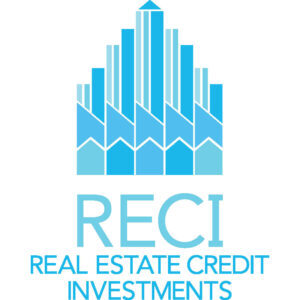At the start of the year, commercial real estate was not high on the list for investors seeking new allocations. However, a shift is underway, and it may be time to reconsider this sector. While office spaces remain in a gradual recovery, other segments—including multi-family housing, senior living, and industrial real estate—are gaining momentum. At the same time, private credit firms offering real estate financing are seeing increased activity, presenting fresh opportunities for investors to diversify their portfolios.
After years of volatility, the commercial real estate market is stabilising. Troy Gayeski, chief market strategist at FS Investments, acknowledges the challenges equity holders have faced but sees signs of a turnaround. He believes disciplined investors who carefully assess their investments and underwriting criteria can find attractive entry points. This shift extends beyond investment strategy—institutions are also reassessing their manager relationships to ensure they align with the evolving market landscape.
Julie Ingersoll, CIO for Americas direct real estate strategies at CBRE Group, notes that investor confidence is tied to how asset managers have navigated redemption queues in recent years. Firms that managed these processes efficiently are well-positioned to retain investor trust, whereas those with long-standing backlogs may struggle to secure new commitments. In the coming year, she expects notable changes in manager relationships as investors adjust their strategies.
The focus of investment is shifting as well. Data centres have been a major talking point, but they come with significant risks. Ingersoll points out that the cost of building new data centres is high, and concerns over extreme weather and infrastructure risks have made insurance costs a critical factor. She highlights the importance of understanding the full scope of an investment—whether it involves only the physical structure or extends to infrastructure elements such as power supply and access roads.
Gayeski warns against chasing trends blindly, noting that when spreads become overly tight, it may signal the need for caution. The recent surge of interest in data centres could make investors hesitant, prompting a reassessment of whether these assets are worth the risk.
Some investors are turning to more traditional real estate sectors such as multi-family housing, student housing, and senior living. Douglas Lyons, managing principal at Pearlmark Real Estate LLC, sees robust demand in these areas, particularly given the national housing under-supply. While some regions have temporary oversupply, he believes these imbalances will correct themselves, making multi-family housing a strong long-term investment.
Lauro Ferroni, head of capital markets research for the Americas at Jones Lang LaSalle IP, reinforces this view. He points out that the rising cost of homeownership—driven by increasing insurance, taxes, and maintenance—has made renting a more attractive option. However, limited housing availability presents new challenges. Although construction loan activity is picking up, the high cost of materials and capital continues to restrain new developments, favouring the acquisition of existing assets over new builds.
Beyond direct real estate investments, private credit is emerging as a key avenue for institutional investors to gain exposure to commercial real estate. Lyons notes that commercial real estate is inherently capital-intensive, and lenders are becoming more focused on fundamentals. He observes a growing trend toward recapitalisations and new joint ventures as investors re-evaluate their holdings.
Private credit firms are poised to capitalise on market gaps left by traditional banks, which are increasingly reluctant to provide loans in the $5 million to $50 million range. Lyons expects this to create opportunities for private credit investors seeking strong returns. He explains that multi-family financing, for example, offers loan-to-value ratios of 70% to 75%, generating interest rates of 7% to 8%, making it an appealing investment.
Ferroni agrees that private credit is gaining traction as a stable and diversified investment within institutional portfolios. Sovereign wealth funds and institutional investors are funnelling capital into real estate credit, recognising its ability to deliver consistent returns, particularly when positioned in senior tranches of the capital stack.
As the real estate market recalibrates, investors willing to navigate its evolving landscape may find compelling opportunities across a range of asset classes. Whether through direct investment in stabilising real estate sectors or through private credit exposure, the market is presenting new pathways for strategic growth.
Real Estate Credit Investments Limited (LON:RECI) is a closed-end investment company that specialises in European real estate credit markets. Their primary objective is to provide attractive and stable returns to their shareholders, mainly in the form of quarterly dividends, by exposing them to a diversified portfolio of real estate credit investments.



